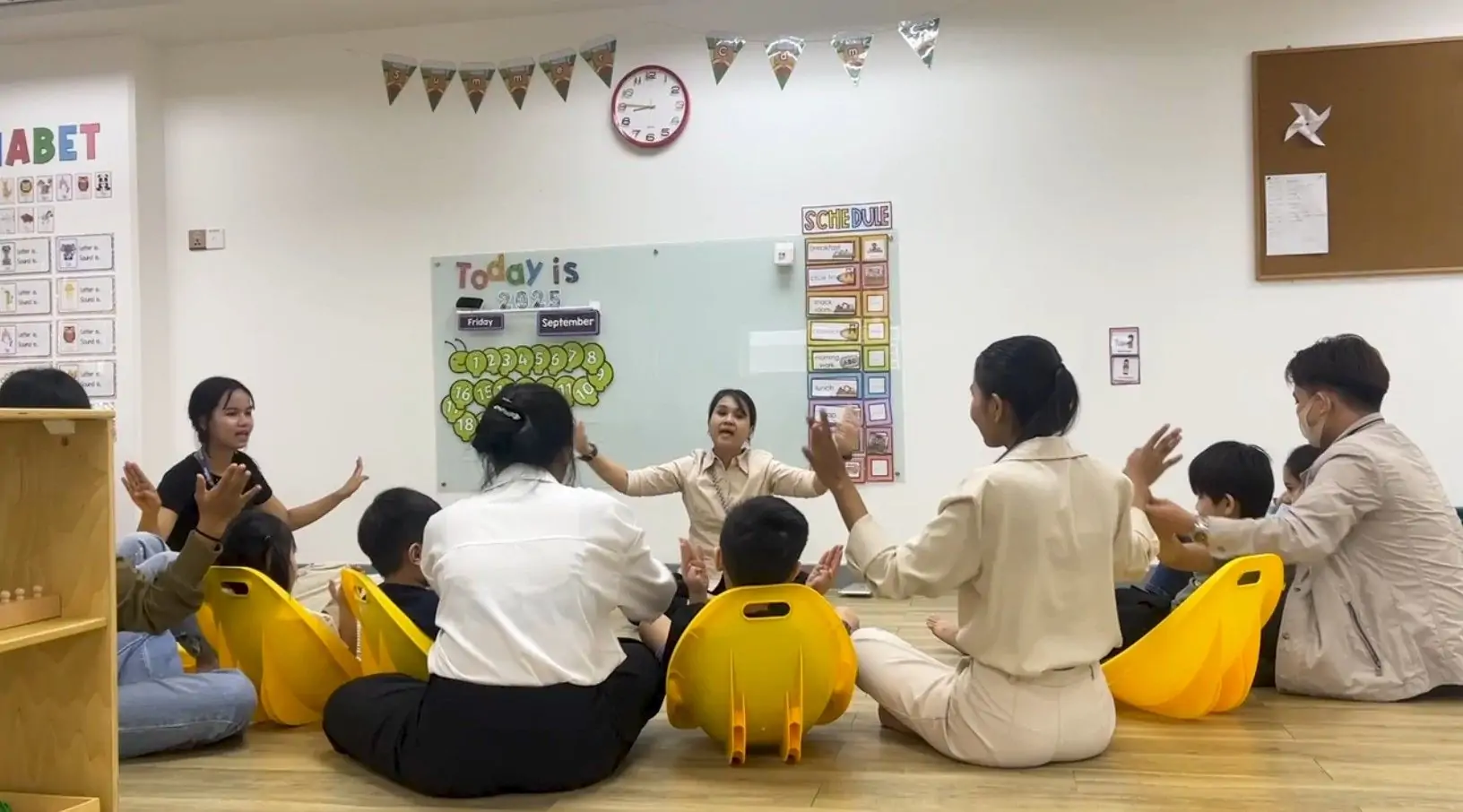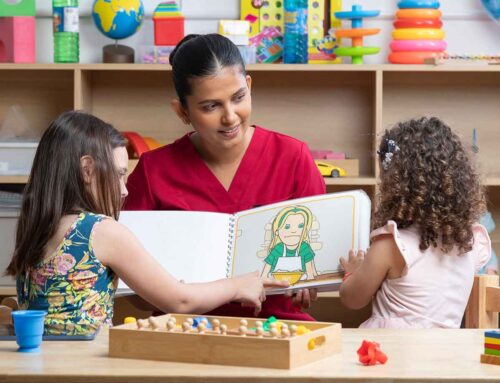Every preschool has a mix of strengths, needs, and personalities—that diversity is a gift. Supporting neurodiverse learners in the preschool classroom means designing routines and environments where all children can participate, communicate, and grow. At OrbRom Center, we use practical strategies that teachers and parents can apply right away to create smooth days and happier learners in Phnom Penh.
Set up success with the environment
The space teaches before you do. A supporting neurodiverse learners in the preschool classroom setup includes clear visuals, quiet nooks, and predictable zones for play, sensory breaks, and group time. Start by reducing noise and visual clutter, then add picture labels and first–then boards. For deeper ideas, see our guide on creating a sensory-friendly classroom and this teacher favorite, the Zones of Regulation overview.
Teach routines explicitly (and visually)
Young children thrive on “what’s next.” Model transitions, use timers, and rehearse lining up, tidying, and bathroom routines with pictures and short scripts. Visual schedules help students with ADHD and autism anticipate change and stay regulated. For classroom-ready tips, browse teaching students with ADHD and our resource on inclusive education environments.
Build communication for every child
Pair spoken language with gestures, pictures, or simple AAC. Offer choices (“Do you want blocks or books?”), narrate play, and celebrate attempts—not perfection. If a child struggles to express needs, early screening matters. OrbRom provides comprehensive assessments to map strengths and support needs, plus targeted speech therapy when language delays or articulation issues get in the way of learning.
Use movement and sensory input wisely
Short movement breaks, heavy-work activities (pushing, pulling), and fidgets used with purpose can improve attention and mood. Our pediatric occupational therapy team can recommend regulation activities and seating options that fit your classroom, so sensory tools help—rather than distract. Learn more about sensory-smart classrooms with our primer on preventing sensory overload at school.
Partner with families and track progress
Coaching parents to use the same supports at home makes progress faster and stickier. Share visuals, daily notes, and quick videos of strategies working in class. When you see red flags or uneven progress, schedule a developmental check so you can adjust instruction quickly.
Bottom line: supporting neurodiverse learners in the preschool classroom is about designing for access—clear routines, visual supports, sensory-smart environments, and timely therapy. Those small, consistent moves create big confidence for little learners.






